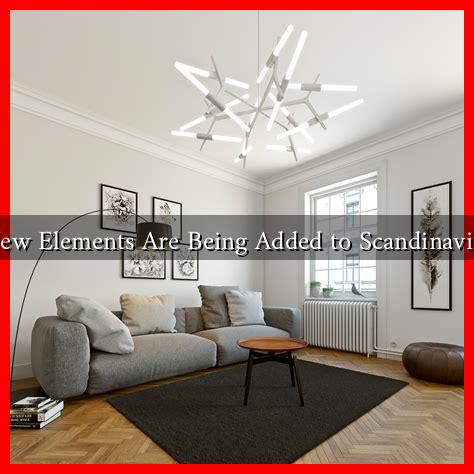-
Table of Contents
- What New Elements Are Being Added to Scandinavian Style
- The Evolution of Scandinavian Design
- 1. Embracing Bold Colors and Patterns
- 2. Sustainable and Eco-Friendly Materials
- 3. Biophilic Design Elements
- 4. Mixing Vintage and Modern Styles
- 5. Technology Integration
- Case Studies: Brands Leading the Charge
- Conclusion
What New Elements Are Being Added to Scandinavian Style
Scandinavian design has long been celebrated for its minimalism, functionality, and connection to nature. Originating from the Nordic countries, this design philosophy emphasizes simplicity, clean lines, and a neutral color palette. However, as global trends evolve, so too does Scandinavian style. This article explores the new elements being integrated into Scandinavian design, highlighting how contemporary influences are reshaping this timeless aesthetic.
The Evolution of Scandinavian Design
Traditionally, Scandinavian design is characterized by:
- Minimalist aesthetics
- Natural materials like wood, leather, and wool
- Functional furniture that prioritizes usability
- A neutral color palette with occasional pops of color
However, as the world becomes more interconnected, Scandinavian design is adapting to include new elements that reflect modern lifestyles and global influences. Here are some of the most notable trends reshaping this iconic style.
1. Embracing Bold Colors and Patterns
While traditional Scandinavian design often leans towards muted tones, contemporary interpretations are embracing bolder colors and patterns. Designers are experimenting with vibrant hues and intricate patterns to create more dynamic spaces. For instance, the use of deep greens, rich blues, and even bright yellows can be seen in recent collections from Scandinavian brands like HAY and Muuto.
2. Sustainable and Eco-Friendly Materials
As environmental concerns grow, sustainability has become a cornerstone of modern Scandinavian design. Designers are increasingly using eco-friendly materials and production methods. This includes:
- Recycled plastics and metals
- FSC-certified wood
- Organic textiles
Brands like IKEA are leading the charge by committing to sustainable practices, aiming to become a circular business by 2030. This shift not only aligns with global sustainability goals but also resonates with consumers who prioritize eco-conscious living.
3. Biophilic Design Elements
Biophilic design, which seeks to connect people with nature, is becoming increasingly popular in Scandinavian interiors. This approach incorporates natural elements into living spaces, enhancing well-being and creating a calming atmosphere. Key features include:
- Indoor plants and green walls
- Natural light optimization through large windows
- Use of organic shapes and forms in furniture and decor
For example, the Danish design studio Norm Architects has embraced biophilic principles in their projects, creating spaces that foster a deep connection with the natural environment.
4. Mixing Vintage and Modern Styles
Another trend gaining traction is the blending of vintage Scandinavian pieces with modern designs. This eclectic approach allows homeowners to create unique spaces that tell a story. Vintage finds from flea markets or thrift stores can be paired with contemporary furniture to achieve a harmonious balance. This not only adds character to a space but also promotes sustainability by reusing existing items.
5. Technology Integration
As smart home technology becomes more prevalent, Scandinavian design is adapting to incorporate these innovations seamlessly. Designers are focusing on creating smart furniture and appliances that blend functionality with aesthetic appeal. For instance, smart lighting systems that can be controlled via smartphone apps are being integrated into minimalist designs without compromising the overall look.
Case Studies: Brands Leading the Charge
Several Scandinavian brands are at the forefront of these design innovations:
- Muuto: Known for its playful yet functional designs, Muuto is incorporating bold colors and sustainable materials into its collections.
- IKEA: The global giant is not only focusing on affordability but also on sustainability, with initiatives aimed at reducing waste and promoting eco-friendly products.
- Ferm Living: This brand is blending modern aesthetics with vintage influences, creating unique pieces that resonate with contemporary consumers.
Conclusion
Scandinavian design is evolving, embracing new elements that reflect contemporary values and lifestyles. From bold colors and sustainable materials to biophilic design and technology integration, the future of Scandinavian style is vibrant and diverse. As designers continue to innovate, this iconic aesthetic will undoubtedly remain relevant, appealing to a new generation of consumers who appreciate both beauty and functionality.
For more insights into Scandinavian design trends, you can explore resources like Scandinavian Design.

